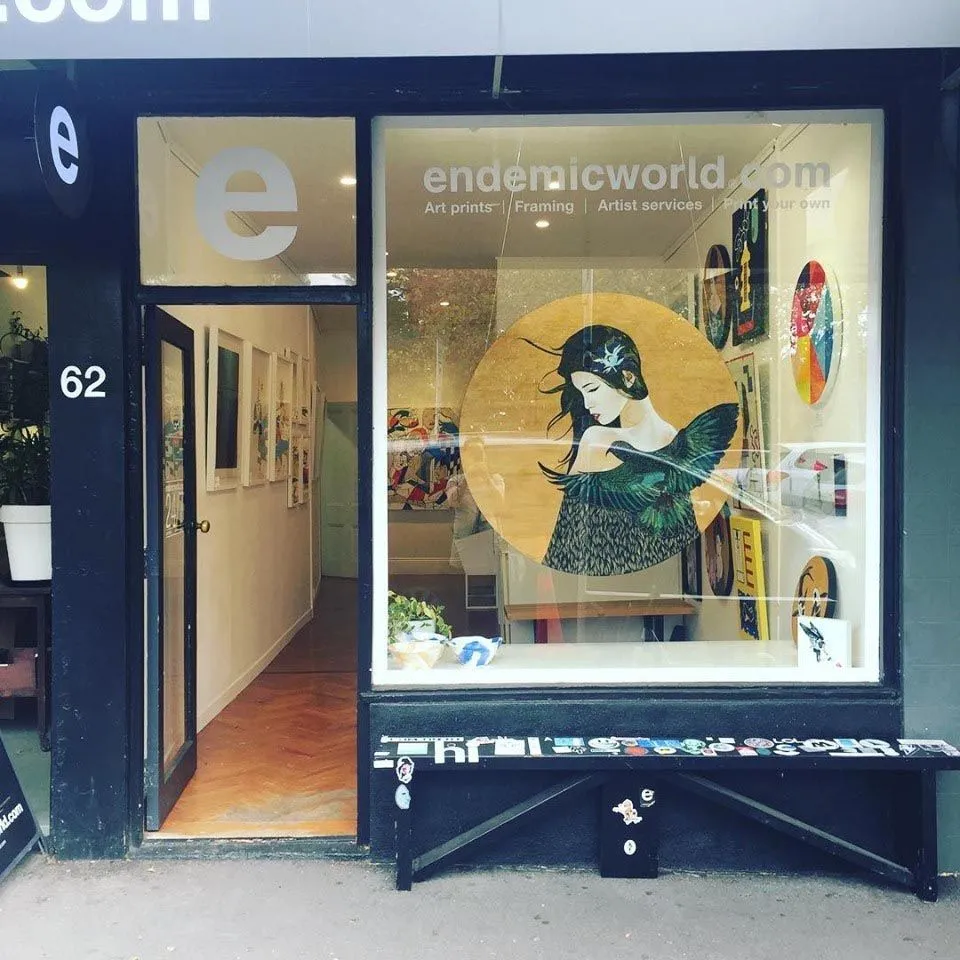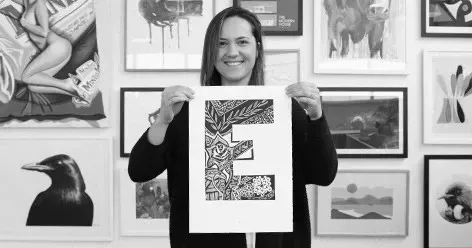Value of Mentoring in the Arts
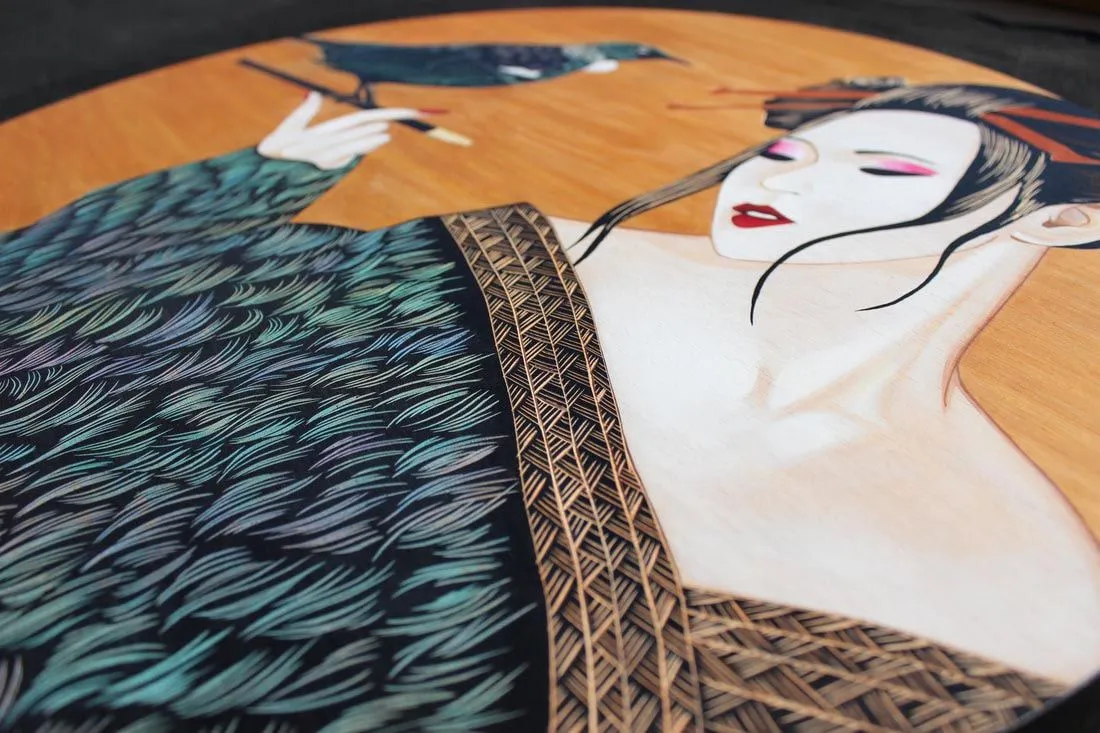
A check in on arts mentoring
The Big Idea has just kicked off another Mentoring in the Arts programme. In the last cohort, Linda Tyler mentored Dominique Baker. I caught up with Linda to find out how it all worked.
A bit of background
Linda trained as an artist, but her career took her into the curation space. She’s curated art shows and art galleries all over the country, such as in the Hocken Gallery in Dunedin and the Centre for Art Studies. Now, she teaches curation at the University of Auckland.
The mentoring programme matched her with Dominique Baker, a painter, carver and print-maker.
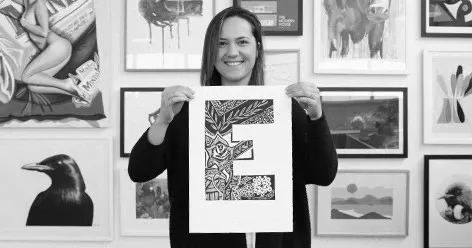
Dominique Baker - photo via endemicworld.com
Going to the next level
No matter who you are or what you do, it’s easy to get stuck in the day-to-day, and find it hard to make time or give energy towards getting to the next level. That’s one of the big advantages of mentoring: by regularly engaging with someone more experienced, who isn’t involved in your day-to-day challenges, you can get the inspiration and guidance you need to move forward.
When Dominique met Linda, she was doing really well. She had managed to scale her full-time job down to three days a week, so she could spend the other two days working on commissioned art. She had a steady pipeline of work, and she was making a decent living.
However, while she was making a living, she wanted to do more. She didn’t want to just feed the market with commissions; she wanted to take on work that was riskier, had higher profile and really pushed her as an artist.
Linda and Dominique worked together to make a short and longer-term plan to make this happen.
How it worked
Linda and Dominique met in person once a month, and emailed back and forth in between. In the first meetings, they really dug into the problems Dominique was trying to solve - “she was generally dissatisfied,” Linda said, “and she wanted to shift from making a product to building a reputation.”
Once they’d figured this goal out, they got to work making it happen.
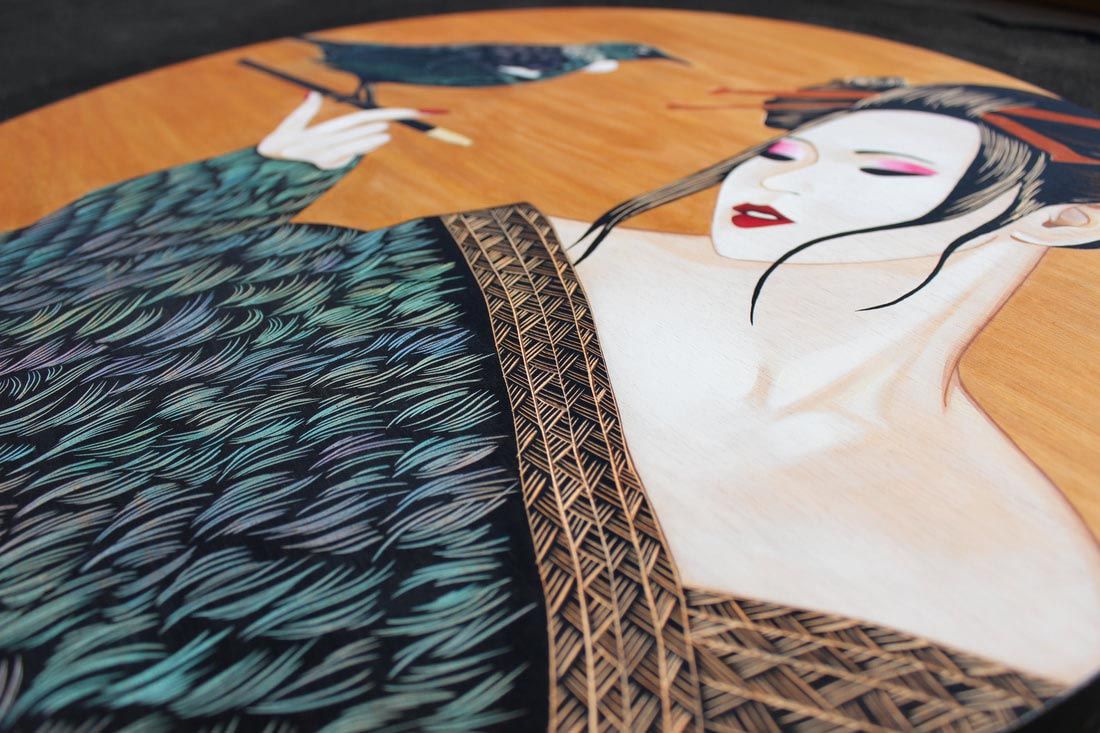
Shoremakings by Dominique Baker via dominiquebaker.co.nz
What they did
First, they needed to build her public profile. This would help her get into things like art shows in public galleries. These shows would help to build her reputation, which would in turn help her extend herself beyond her existing market for commissions.
They did this in a two-pronged approach: they built a social media strategy, and also got her featured in Kia Ora magazine (that’s the magazine you’ll find in the pocket on Air New Zealand flights).
Once she had a bit of public profile, it was easier to get into group show in a public gallery. This got her work in front of more people. She was also selected to have her work displayed in the Beijing International Art Biennale.
These activities were about expanding her reach. The goal was to get her in front of more people, with different tastes and interests than her existing market. This allowed her to extend herself and really develop as an artist.
Where to from here?
Now, Dominique has built a bit of a profile for herself, and she can expand on this in the future. Her engagement with Linda gave her the confidence and “foundation” she needs to do this. This is really mentoring in a nutshell - by engaging with a mentor at the right moment in your career, you can really make a positive shift that would have been difficult or impossible on your own. It’s not just getting better, faster or more productive at what you’ve been doing - it’s about taking the leap into something completely new.
So that’s where Dominique’s at now. From here, she’ll keep building on the foundation she developed with Linda, and take her career in directions she wouldn’t have been able to imagine beforehand.
The Big Idea Mentoring in the Arts programme is made possible by the generous help of Foundation North.
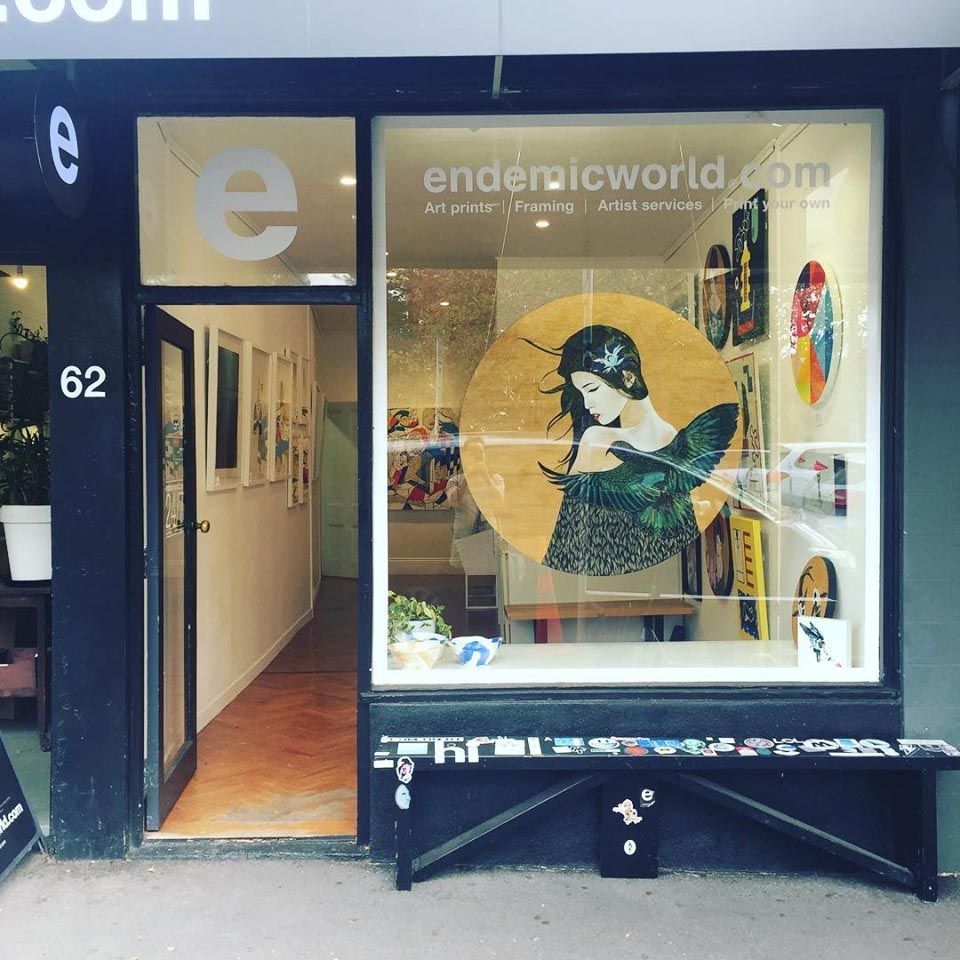
Kaya & Kea by Dominique Baker in endemicworld. Photo via Dominique Baker Facebook.
